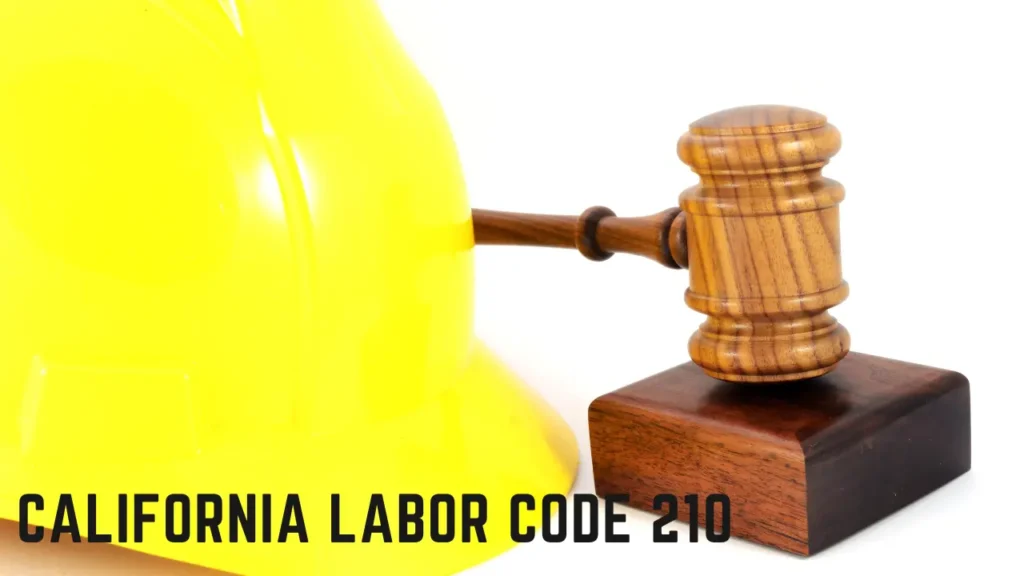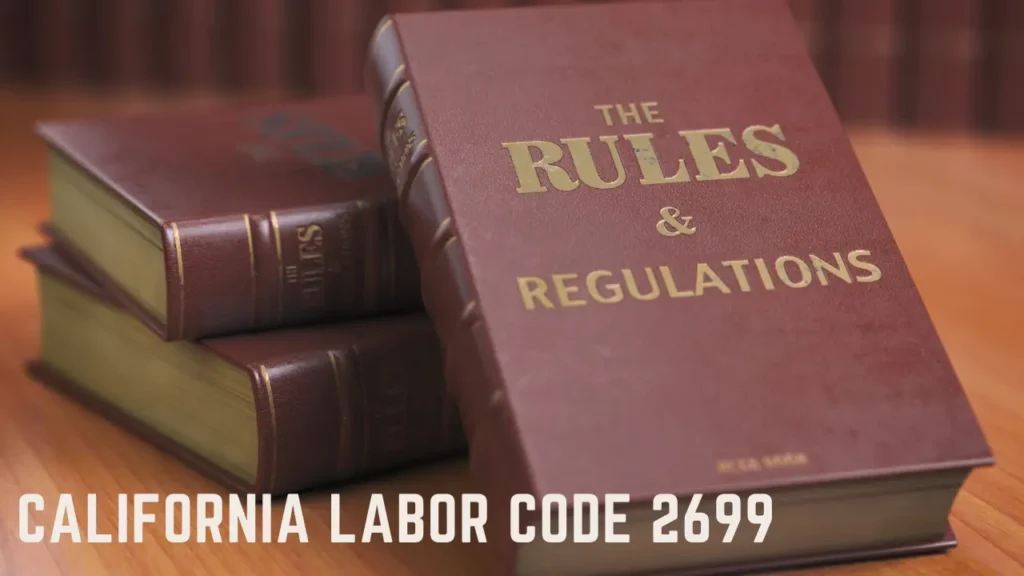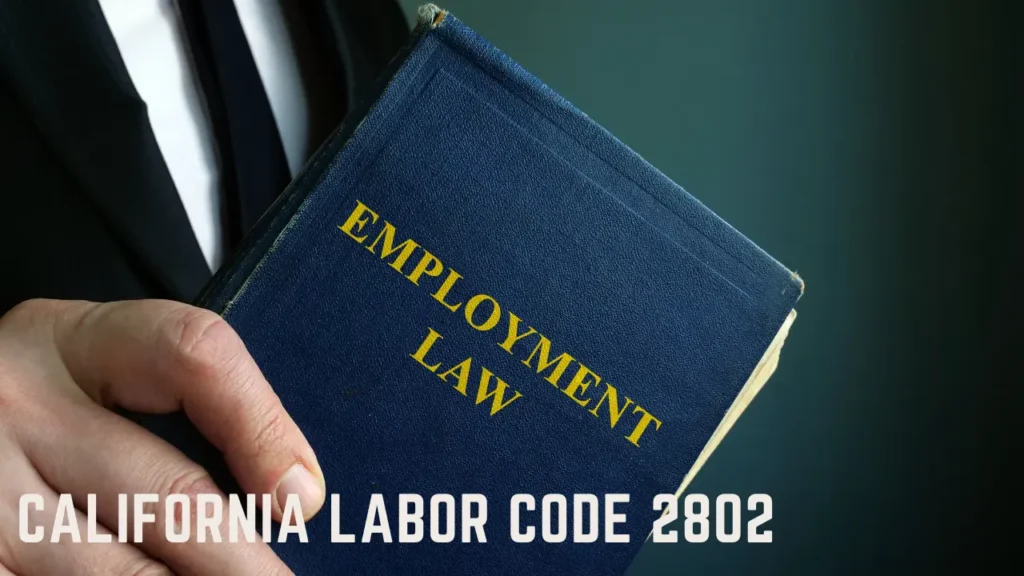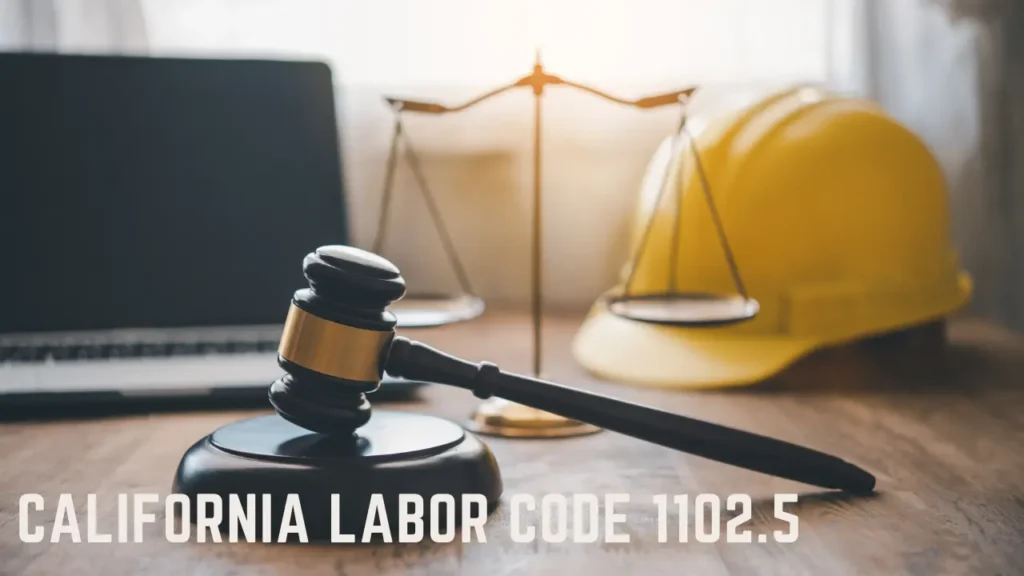Table of Contents
ToggleThe ability to respond effectively to employee complaints of harassment is more than just a legal obligation—it’s a critical component of fostering a respectful, productive, and inclusive work environment.
This discussion will articulate a step-by-step approach, outlining seven key steps that will empower businesses to handle harassment complaints with the seriousness, sensitivity, and fairness they demand.
By the end of this exploration, you will not only understand the importance of each step but also be equipped to implement them in your organization, thereby fostering a culture of respect and dignity.
Initial Response and Action of Harassment
Addressing an employee’s complaint of harassment begins with an initial response and immediate action, which involves attentive listening and swift protective measures to ensure the victim’s safety and curtail any possibilities of further harassment.
This initial stage is critical as it sets the tone for the entire process. It demands an open, empathetic ear to the complainant’s story, validating their experience. This not only helps gather important evidence for subsequent investigation, but also reassures the victim of their importance and safety within the organization.
Immediate protective action may include altering work schedules or assignments to separate the involved parties or, in severe cases, placing either party on temporary leave. These steps are essential to prevent further harassment or retaliation, safeguarding the workplace environment and the employer’s liability.
Conducting the Investigation
Embarking on the investigation phase, it is crucial to conduct a thorough examination of the harassment complaint, ensuring it is unbiased, comprehensive, and maintains the utmost confidentiality.
- Collection of Facts: Obtain as much information as possible from the complainant, alleged harasser, and any potential witnesses. Document the specifics of the complaint, including dates, locations, and nature of the alleged incidents.
- Maintaining Neutrality: The investigator must remain impartial, focusing solely on the facts of the case. Avoid any preconceived notions or biases that could affect the investigation’s credibility.
- Preserving Confidentiality: Limit the information shared about the complaint to those who need to know. This protects the privacy of all parties involved and prevents potential retaliation or further harassment.
The investigation’s outcome should be communicated professionally and empathetically.
Drawing Conclusions Responsibly
Upon completion of a thorough investigation, it becomes crucial to draw conclusions responsibly, ensuring that the findings are evaluated objectively and fairly. Fact-based decisions play a pivotal role in maintaining the integrity of the process, and in building trust with all parties involved.
It is important to remember that drawing conclusions is not about pointing fingers but about resolving the situation professionally and respectfully. Inferring responsibly also entails taking into consideration the potential consequences of your decisions. A hasty or ill-judged conclusion can lead to legal issues, damage to the company’s reputation, or a hostile work environment.
Therefore, the conclusions must be drawn responsibly, reasonably, and with a commitment to fostering a safe and respectful workplace for all employees.
Communicating Investigation Results
Navigating the delicate task of communicating investigation results calls for a balanced approach that ensures transparency, respects confidentiality, and maintains the dignity of all parties involved. The following steps can guide this process:
- Informing the Parties: Promptly inform the complainant and the respondent about the investigation results. This should be done separately, and in a manner that respects their privacy and emotional state.
- Explanation of Findings: Clearly explain the findings, ensuring that the information is provided in a way that is easy to understand.
- Next Steps: Discuss the actions that the organization will take following the investigation. This could include disciplinary measures, policy changes, or training initiatives. This open communication can help to restore trust and maintain a respectful workplace environment.
Taking Appropriate Corrective Action
After effectively communicating the results of the investigation, the next vital step involves taking appropriate corrective action based on the findings.
The corrective measures may range from counseling, training, and warning to reassignment or termination, depending on the severity of the offense. It’s crucial that these actions align with the organization’s anti-harassment policies and are commensurate with the severity of the misconduct.
These steps should be documented meticulously for future reference and potential legal implications. It’s equally important to ensure that the victim feels protected and reassured of non-retaliation.
Follow-up measures, such as periodic check-ins, may be implemented to ensure the effectiveness of the corrective actions and to further foster a respectful and inclusive work environment.
Prevention and Workplace Culture
While taking corrective actions is fundamental, preventing harassment in the first place by fostering a respectful and inclusive workplace culture is equally essential. This involves several key preventative measures:
- Regular Training: Implement regular, comprehensive training sessions that educate employees about appropriate behavior, the company’s anti-harassment policy, and the process for reporting any concerns.
- Clear Policy: Develop, communicate, and enforce a clear policy against harassment. This policy should be readily accessible and easy to understand.
- Open Communication: Encourage an environment where employees feel comfortable voicing their concerns without fear of retaliation. This promotes a culture of respect and inclusivity.
Additional Steps and Available Resources
Building on the foundational preventive measures and fostering a supportive culture, it’s crucial to also consider additional steps that can be taken post-investigation, and the resources available to both employers and employees in dealing with harassment in the workplace.
Post-investigation actions may include enforcing stricter policies, taking disciplinary actions or terminating the harasser. Employers should ensure the victim is protected from retaliation and reassess existing anti-harassment policies for potential improvements.
Furthermore, employers can seek advice from employment attorneys and provide employees with resources such as educational brochures or posters. Resources like the Shouse Law Group offer legal assistance for employment issues.
It’s about creating a safe and respectful environment, where employees feel secure to voice their concerns.
Conclusion
In conclusion, effectively managing employee harassment complaints is a vital responsibility for all organizations. The outlined steps, including a prompt response, unbiased investigation, responsible conclusion, clear communication, appropriate corrective action, and fostering a respectful culture are fundamental in ensuring a harassment-free workplace.
Additionally, utilizing available resources and legal support can further assist organizations in this endeavor, contributing to a safer work environment for everyone.














